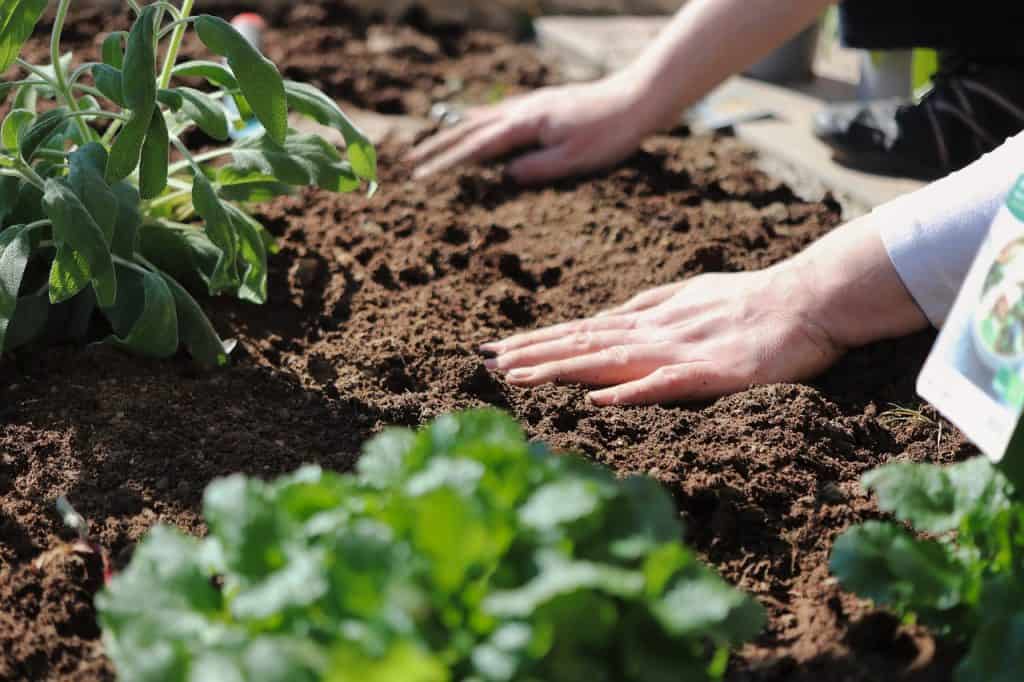Are you dreaming of a vegetable garden? No wonder, your own fresh produce is a great option. Before you start it, check out what vegetables you should plant next to each other and what you should avoid and enjoy a great harvest that will end up on your table!
In times when there is so much talk about chemical fertilization of products available in supermarkets, many people dream of having their own vegetable garden. So it’s no wonder that even small crops can be found in many home gardens. Satisfaction from dishes cooked with self-grown ingredients is something worthwhile! Especially since starting a home garden is not difficult at all. Most people can do it without any problems. However, it is worth preparing for this task at the beginning and find out what vegetables we should plant next to each other. Sometimes we can unknowingly harm our crops.
What vegetables we plant in our neighborhood matters. It can affect the growth and health of individual vegetables – positively or negatively, the latter of which every gardener would rather avoid. Neighborhoods in this case are more important than you may think, so it pays to plan them carefully. Do you care about a healthy crop? You sure do. Then check out which vegetables to plant next to each other!
When you plan to plant vegetables side by side, take into account: their growth rate, root system type, and harvest maturity period. These factors will be helpful. A good example of this is the slow growth of carrots and parsley. Dill or radishes can easily be sown between them. By the time the carrots have had time to grow, they will be ripe for harvesting.
Intercropping vegetables is also an important issue here. This is one of the natural methods of protecting plants against diseases and pests. The idea is to grow different species together in one bed. They must, of course, be properly selected so that we achieve the desired effect. Interestingly, aromatic herbs that repel pests are also welcome in intercropping with vegetables. The benefits are obvious! Additional advantages of such cultivation include the absence of one-sided depletion of the soil, which often happens when planting one species on the same site for a long time, as well as a reduction in the use of chemical agents.

One of the most famous examples of vegetables side by side is growing carrots along with onions. These vegetables protect each other from pests. Cabbage and tomatoes can also be grown side by side, while peas are protected from pests by maize. There are, of course, many more examples – leek benefits from being next to parsley because its smell protects it from insects, specifically from the leek minnow. When planning a neighbourhood for vegetables, it is a good idea to use ready-made tables which clearly show which vegetables like to be next to each other.
Some combinations are definitely not good. This is the case with tomatoes and potatoes, for example. This brings with it an increased risk of potato blight. Onions and beans also don’t mix well together and neither do tomatoes with peppers or cucumbers
>> See also: Vegetable garden in boxes
Knowing the basics, it is easier to plan plantings. Interesting fact: the phenomenon of positive or negative influence of plants on each other is called allelopathy. It is good to know about it and to sow your vegetables in such a way that you get a delicious and healthy harvest. Just a little bit of research and you will surely succeed!